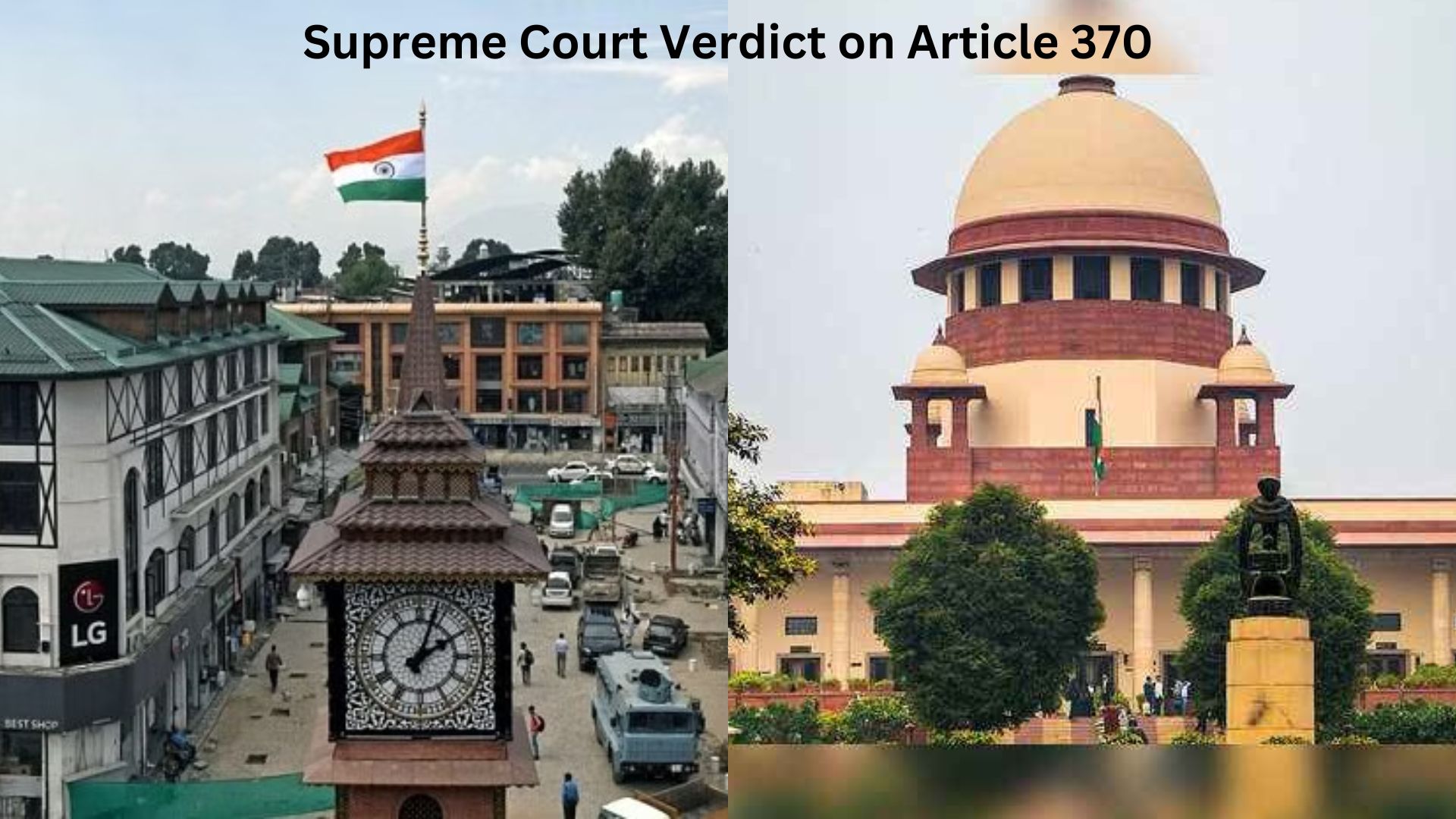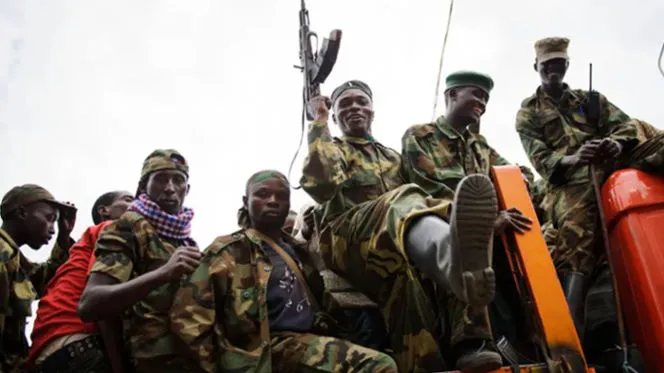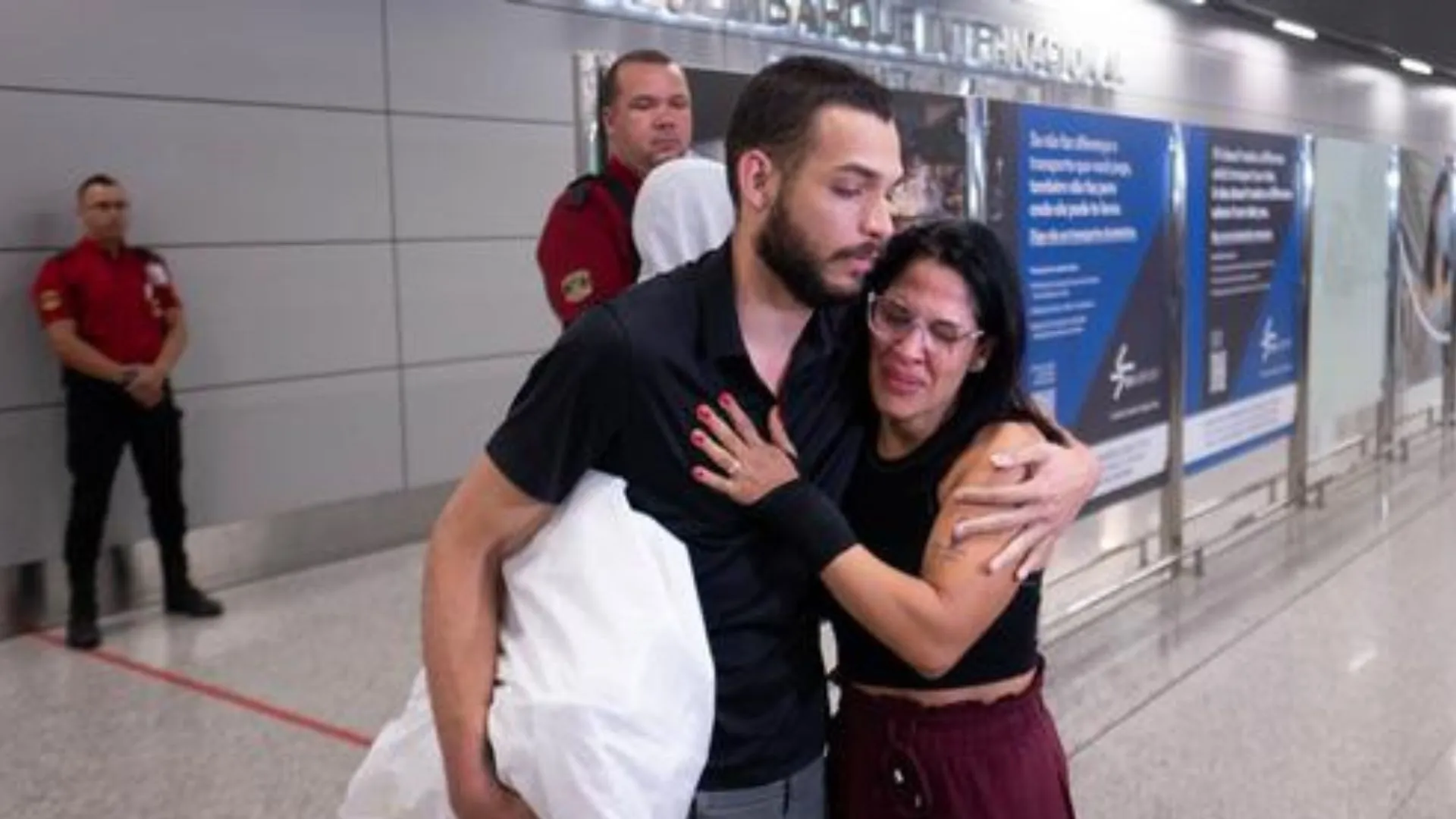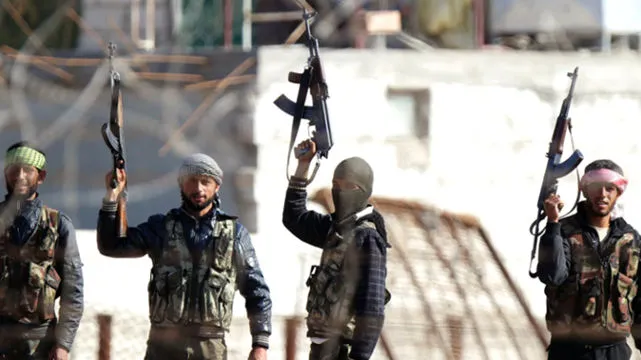With Monday’s historic Supreme Court verdict upholding the abrogation of Article 370 as valid, a sordid chapter in India’s history has been closed for good—a chapter that had put a question mark on India’s territorial integrity, thus impacting India’s security; a chapter that discriminated against certain sections of the people by law, apart from not allowing the people of J&K to experience the full benefits of being an Indian citizen enjoying the rights and guarantees provided by the Constitution of India. Much of the security and socio-political nightmare that Kashmir became over the years stemmed from Article 370, which was used by local leaders to stoke the fire of separatism, thus allowing external powers such as Pakistan to exacerbate the faultlines that existed in the state. As the Supreme Court said, J&K lost its sovereignty once it acceded to India and Article 370 was only a temporary provision. This unanimous verdict given by the five-judge bench of the Supreme Court settles all questions challenging the status of J&K as an integral part of India.
In the end, all of it happened so smoothly—something that had not even been attempted by successive governments for over seven decades, was done overnight in 2019, with the final stamp coming four and a half years later, as the Supreme Court dismissed all the petitions challenging the abrogation. From 2019 onwards, it has been business as usual in Kashmir—rather, better than ever, with stone-pelting disappearing, the region getting an infrastructural facelift, resulting in a tourism boom. Pakistan-sponsored terrorism is still a problem, but as the security forces have made it crystal clear, anyone picking up the gun in the Valley has a shelf life of maximum one year. Nowadays, the Tricolour flutters as Independence Day is celebrated at Lal Chowk—Srinagar’s public square, which was the hotbed of strife and violence once. Even movie halls are returning, symbolizing the sea-change that is taking place in the Valley, where Wahhabis burnt movie theatres down by saying films were against their religion. And to think that leaders like Farooq Abdullah were proclaiming that Kashmir would start burning if Delhi ever attempted to abrogate Article 370. Kashmir did not burn after 2019. In 2016, post the death of Hizbul terrorist commander Burhan Wani, the valley saw violent unrest that continued for nearly two months; another major unrest took place in 2010, led by the Hurriyat. No such comparable protest has taken place after the 2019 decision. Looking back, the Hurriyat now seems like a bad memory.
This is not to say that everything is normal in Kashmir. It’s not. But at least a beginning has been made for the mainstreaming of the valley with the rest of India, proving once again when the intention is right a lot can be achieved—the intention of Prime Minister Narendra Modi in this case. He showed the resolve to take the supposedly intractable Kashmir problem head-on and push it towards a resolution, undeterred by the canard spread against him and his government by the whole liberal and Wahhabi ecosystem internationally. In fact, international voices arrayed against the government became shriller post the 2019 abrogation. Facts were given a short shrift as the narrative was built up of a majoritarian India oppressing its minorities. The Supreme Court’s verdict on the 2019 action would have come as a dampener for all such voices. It’s hoped that in India too the voices demanding “azaadi” (freedom) for Kashmir would subside. The Supreme Court verdict pushed Article 370 to an area from where it cannot be retrieved. So when former J&K Chief Minister Omar Abdullah of the National Conference says that his party respects the Supreme Court verdict, but would not stop trying to bring 370 back, he seems to be posturing, by refusing to—at least publicly—accept the inevitable. Given that he is a mainstream politician, he should not speak the language of the separatists. His job is to ensure that the J&K moves down the path of prosperity. The very fact that Kashmir was not up in arms in the last few years is proof that the people want to move on. That the Supreme Court verdict did not create even a ripple in the Valley is a message to all Kashmiri politicians that they should not pander to the separatist sentiments and instead work for their people, who want a normal life free from strife and violence.
The Supreme Court is right—this is the time for reconciliation, a time for healing. But the formation of any proposed Truth and Reconciliation Commission will have to give justice not only to the people who are based in the valley and may have suffered from state and non-state excesses, but also to those lakhs of people who were driven out of the valley almost overnight. Does reconciliation mean that these people or their descendants will be able to return to Kashmir and rebuild their lives in a safe and secure environment? It’s a difficult question, with no immediate answer, because too many inimical interests want Kashmir to stay a hotbed of terror and extremism, and the recent targeted attacks on Kashmiri Pandits show how efforts are still being made to strike fear in their hearts. It will not be an easy way ahead. But at least a beginning has been made.
















